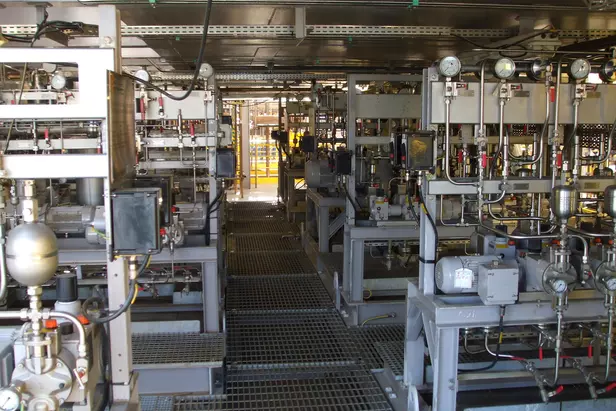Seawater reverse osmosis process
The SWRO process removes salts from seawater used in crude oil desalting and utilities using the below technologies.
How to Use Reverse Osmosis in Practice
With a high-pressure pump, pressurised saline feed water is continuously pumped to the module system. Within the module, consisting of a pressure vessel (housing) and a membrane element, the feed water will be split in a low saline product called permeate and a high saline brine called concentrate or reject. A flow regulating valve called concentrate valve, controls the percentage of feed water that is going to the concentrate stream and the permeate which will be obtained from the feed.
How Reverse Osmosis Works
The phenomenon of osmosis occurs when pure water flows from a dilute saline solution through a membrane into a higher concentrated saline solution.
The phenomenon of osmosis is illustrated in the image below. A semipermeable membrane is placed between two compartments. ‘Semi-permeable' means that the membrane is permeable to some species and not permeable to others. Assume that this membrane is permeable to water but not to salt. Then, place a salt solution in one compartment and pure water in the other compartment. The membrane will allow water to permeate through it to either side but salt cannot pass through the membrane.
As a fundamental rule of nature, this system will try to reach equilibrium. That is, it will try to reach the same concentration on both sides of the membrane. The only possible way to reach equilibrium is for water to pass from the pure water compartment to the salt containing compartment to dilute the salt solution.
Osmosis can cause a rise in the height of the salt solution. This height will increase until the pressure of the column of water (salt solution) is so high that the force of this water column stops the water flow. The equilibrium point of this water column height in terms of water pressure against the membrane is called osmotic pressure.
If a force is applied to this column of water, the direction of water flow through the membrane can be reversed. This is the basis of the term Reverse Osmosis. Note that this reversed flow produces pure water from the salt solution, since the membrane is not permeable to salt.
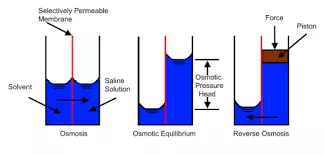
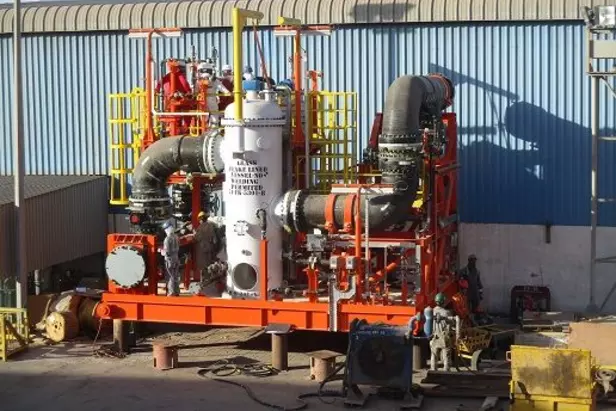
The objective of this process is to remove coarse suspended solids that could deposit on process equipment creating scale and corrosion site.
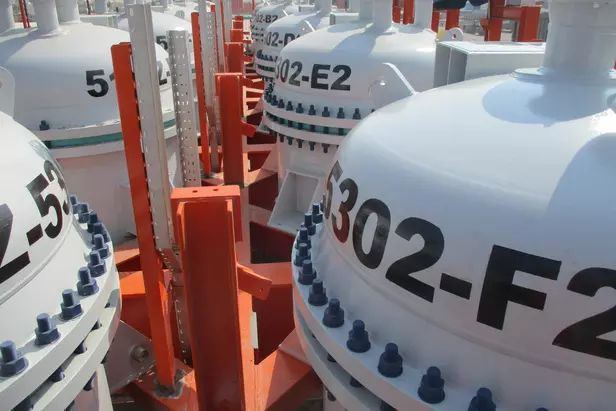
The UltraMEV combines multiple ultrafiltration elements in a single housing reducing footprint, weight and need for interconnecting pipework.
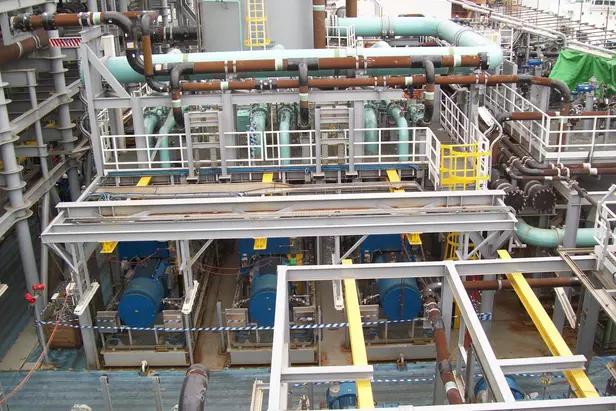
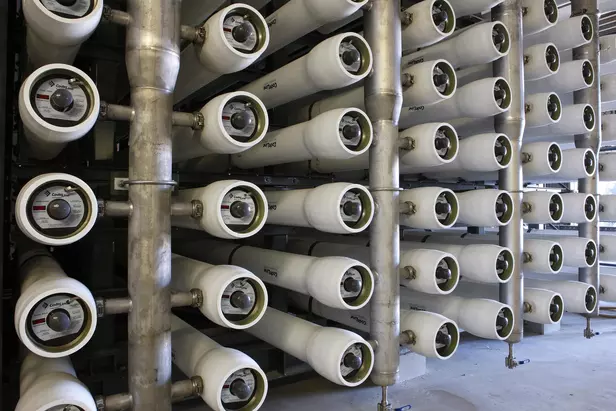
The nanofiltration membranes are specifically designed to remove sulphate ions from seawater used for water injection and sea water reverse osmosis
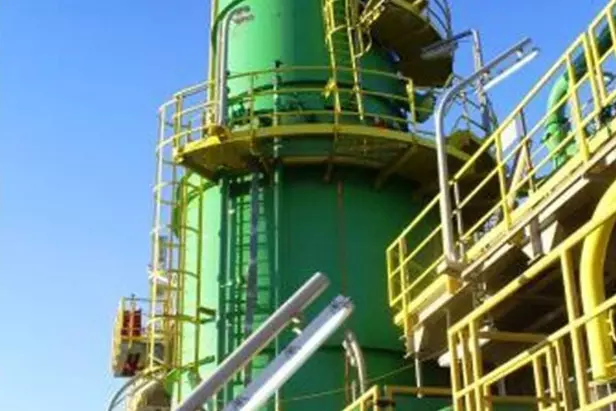
A deaerator removes oxygen and other dissolved gases from water, such as feedwater and is designed to receive a chemically treated and filtered flow stream.
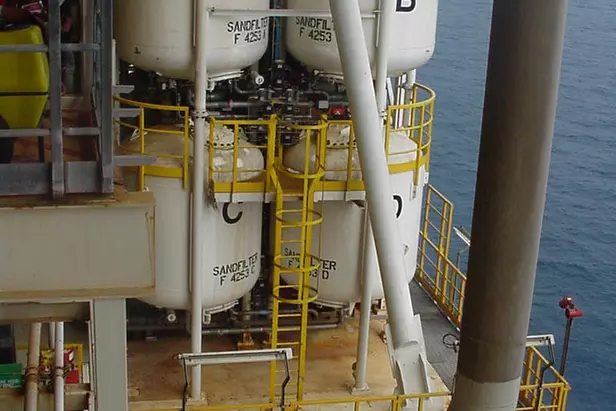
The Multi Media filtration system works on depth filtration principles to treat the SRP / SWRO feed water to remove the majority of particles.
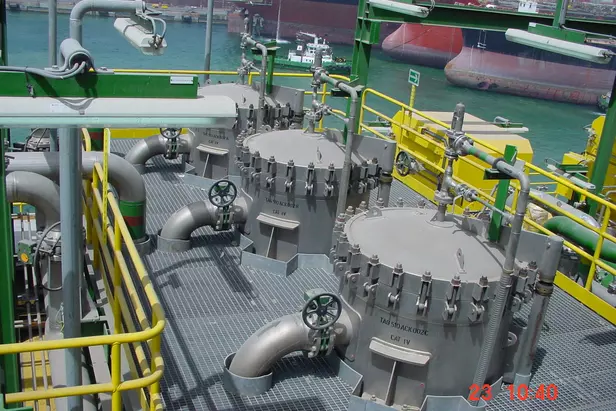
Generally installed downstream of the multimedia filters to perform a guard function ahead of the SR or RO membrane stage



